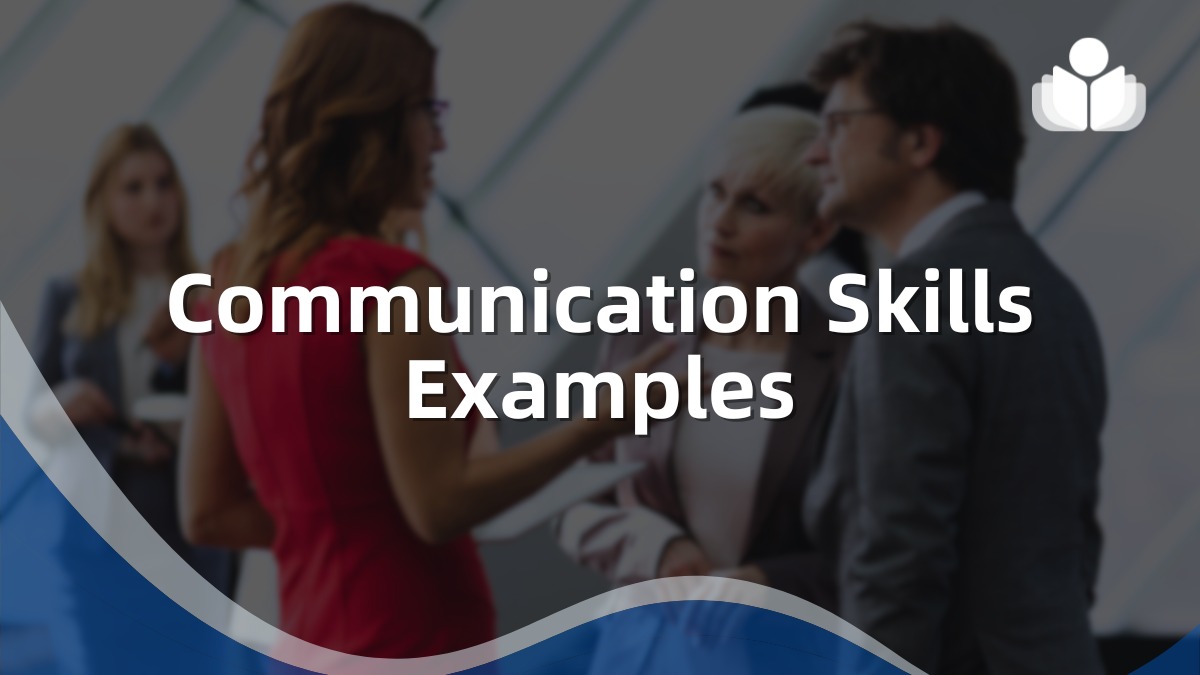Copyright, Carter McNamara, MBA, PhD Before reading this topic, you might read about the Relationship Between Managing Supply Chain, Operations, Quality, Customer Relationships, and Customer Service. Sections of This Topic Include Introduction to Operations Management (OM) What is Operations Management (OM)? Various Definitions What Are Goods and Services? Roles in Operations Management Operations Management Specific …
Business Resources
Most Popular
© Copyright Carter McNamara, MBA, PhD Whether your organization is a for-profit or nonprofit, you have to address certain considerations and make certain decisions if you set out to intentionally expand — or grow — your organization, products and/or services. You can grow your organization, products and/or services just by managing them well, for example, …
Learn Strategic Planning Without Incurring Travel Costs! The Series Facilitating Strategic Planning from the Consultants Development Institute provides virtual courses and numerous downloadable tools to learn to facilitate strategic planning. Concurrently you customize your own relevant and realistic Strategic Plan and earn a Certificate in Facilitating Strategic Planning. © Copyright Carter McNamara, MBA, PhD, Authenticity …
© Copyright Carter McNamara, MBA, PhD, Authenticity Consulting, LLC. Adapted from the Field Guide to Leadership and Supervision in Business and Field Guide to Leadership and Supervision for Nonprofit Staff. Strongly Suggested Pre-Reading How to Ensure Strong Employee Performance Management Sections of This Topic Include How to Set Relevant and Realistic Goals With Your Employees …
© Copyright Carter McNamara, MBA, PhD, Authenticity Consulting, LLC. Sections of This Topic Include Test – What is Your Personal Decision-Making Style? Guidelines to Rational Problem Solving and Decision-Making Rational Versus Organic Approach to Problem Solving and Decision Making General Guidelines to Problem Solving and Decision-Making Various Methods and Tools for Problem-Solving and Decision Making …
© Copyright Carter McNamara, MBA, PhD, Authenticity Consulting, LLC. Much of the content of this topic came from this book: This document provides guidance toward planning and implementing an evaluation process for for-profit or nonprofit programs — there are many kinds of evaluations that can be applied to programs, for example, goals-based, process-based, and outcomes-based. …
© Copyright Carter McNamara, MBA, PhD, Authenticity Consulting, LLC. Adapted from the Field Guide to Consulting and Organizational Development. Sections of This Topic Include Introduction Preparation for Interview Types of Interviews Types of Topics in Questions Sequence of Questions Wording of Questions Carrying Out Interview Immediately After Interview Other Resources *General Information and Resources *Ethics …
© Copyright Carter McNamara, MBA, PhD Sections in This Topic Include What Are Generational Differences? Overview of Perceived Differences Between Generations Are Generational Differences a Myth? Guidelines for Managing Different Generations Also, consider Related Library Topics What Are Generational Differences? What is a Generation? Before we go on to discuss any perceived differences between generations, …
Copyright Carter McNamara, MBA, PhD Get step-by-step guidance and materials to draft a sample Strategic Plan that is relevant, realistic, and flexible — while you earn a Certificate in Facilitating Strategic Planning in a self-paced, highly practical, and online program. Individual feedback is shared about your sample Plan. A fee is $295. Sections of This …
More in Business Resources
Your Guide Carter McNamara MBA, PhD website my blog Historical and Contemporary Theories of Management © Copyright Carter McNamara, MBA, PhD, Authenticity Consulting, LLC. Sections of This Topic Include Historical Theories of Management Contemporary Theories of Management Additional Sources of Management Theory Also see Related Library Topics Learn More in the Library’s Blog Related to …
© Copyright Carter McNamara, MBA, PhD, Authenticity Consulting, LLC. Sections of this Topic Include Common Roles in Management Board of Directors Executives Managers Leaders Supervisors Work Directors Corresponding Types of Development Board Development Executive Development Management Development Managerial Development Leadership Development Supervisorial Development Additional Online Reading Also, consider Related Library Topics Learn More in the …
Your Guide Carter McNamara MBA, PhD website my blog Various Styles of Management Various Perspectives Management Styles Style of Management and Leadership Comparison of West and East Organizational Life Cycles and Management Styles Learn More in the Library’s Blogs Related to Management Styles In addition to the articles on this current page, see the following …
Your Guide Carter McNamara MBA, PhD website my blog Skills and Competencies in Organizational Management © Copyright Carter McNamara, MBA, PhD, Authenticity Consulting, LLC. Sections of This Topic Include Preparation About the Following Categorization of Skills and Practices Managing Yourself Basic, Entry-Level Skills in Organizational Management Major Functions of Management (and areas of knowledge and …
Your Guide Carter McNamara MBA, PhD website my blog New Paradigm in Management © Copyright Carter McNamara, MBA, PhD, Authenticity Consulting, LLC. Sections of This Topic Include Driving Forces of Change Traits of the New Paradigm Additional Online Readings New Paradigm in Management Also see Related Library Topics Also See the Library’s Blog Related to …
Your Guide Carter McNamara MBA, PhD website my blog Nonprofit-Specific Management Skills © Copyright Carter McNamara, MBA, PhD, Authenticity Consulting, LLC. To be effective in nonprofit management, a person requires the key areas of knowledge and skills listed in Skills and Practices in Organizational Management. In addition, the following categories of skills are required. Nonprofit-Specific …
What is Organizational and Business Management? How Do I Manage? © Copyright Carter McNamara, MBA, PhD, Authenticity Consulting, LLC. A comprehensive, practical book by Carter McNamara The guidelines and resources on this topic are not sufficient to develop strong competencies in management. Those competencies come from extensive experience in applying that information. Sections of This …

















